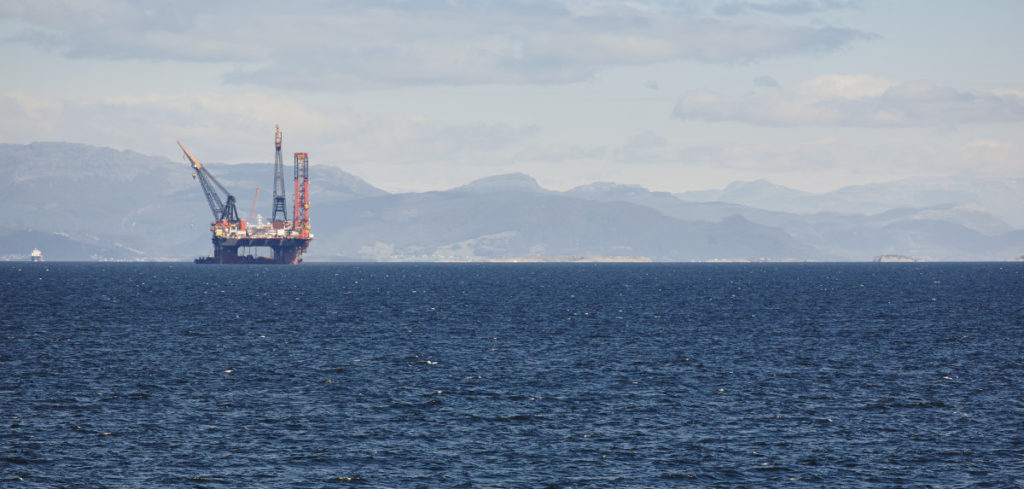Why CCS in Norway?
We have the knowledge and many years of experience with CCS in Norway, not only in CCS technology such as CO2 monitoring and storage but in essential related sectors such as geology, offshore engineering and industrial processes.

With a large, natural geological CO2 storage capacity area under the North Sea and more than 20 years of experience with CO2 storage, Norway is in a strong position to demonstrate CCS at scale.
The Government proposes September 21 2021 to launch a carbon capture and storage (CCS) project in Norway. The project has been named ‘Longship’, in Norwegian ‘Langskip’.
Longship seeks to fulfill the objectives of both Government and industry by reducing investment barriers for business and developing sustainable value creation opportunities.
Reducing barriers
Since the world has agreed on ambitious climate targets and there is a growing consensus among international bodies that CCS is needed to achieve them, why has CCS not already taken off?
To date there has been a lack of investment in CCS projects. The very same IEA, UN and EU reports which extol the virtues of CCS have also been quick to point this out.
This lack of commercialization has primarily been driven by several CCS specific market failures. So there is an obvious need for cooperation between the private and the public sectors to overcome market hurdles to increase investment in CCS.
How then, do we unlock this investment? The key lies in demonstrating CCS to prove that it is viable, building open-access CO2 infrastructure and developing public-private cooperation.
“The first demonstration project will serve as a platform for further innovation in technology, business models, regulations and policy.”
The Norwegian Contribution in the development of CCS
CCS and CCUS has been proven to be technically viable in several existing projects around the world. Globally, there are large-scale CCUS projects already in operation, such as Equinor’s Sleipner project, SaskPower’s Boundary Dam project and Shell’s Quest project.
All of these projects are incredibly useful and Longship will be building on the lessons that have been learned and shared as CCS technology has developed over the years. In addition, the Longship aims to address more of the market failures which have so far held up investment in CCS as a broad climate mitigation tool. Longship aims to do this by:
- Demonstrating the full CCS chain
- Establishing an open access transport and storage infrastructure
- Capturing CO2 from a cement factory and potentially from a Waste to Energy (WtE) plant
- Testing CCS under the condition of relevant EU regulation
Longship is also driven by public-private cooperation with a shared responsibility for investment. Each industrial partner is responsible for designing their own project, while the state coordinates and creates a framework for each partner’s role.
